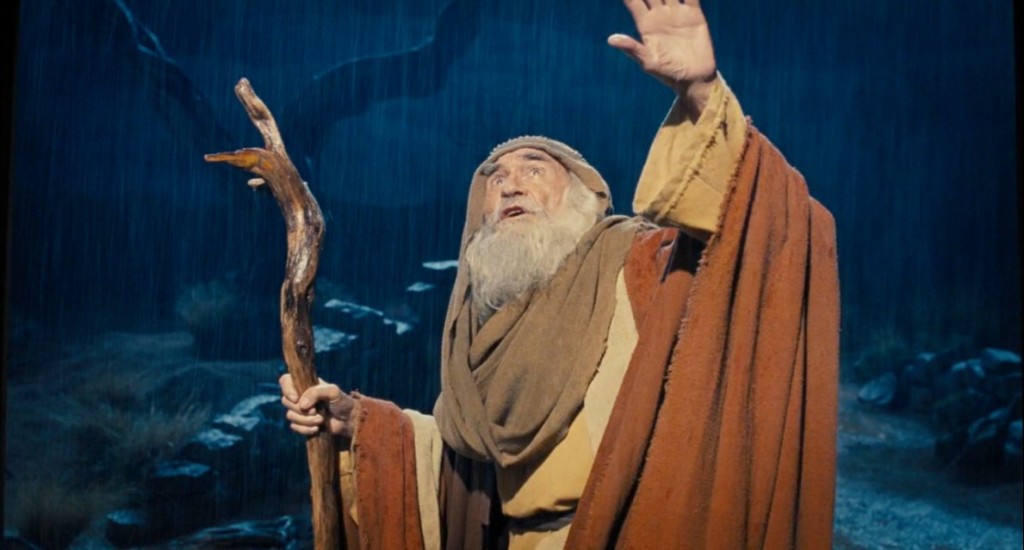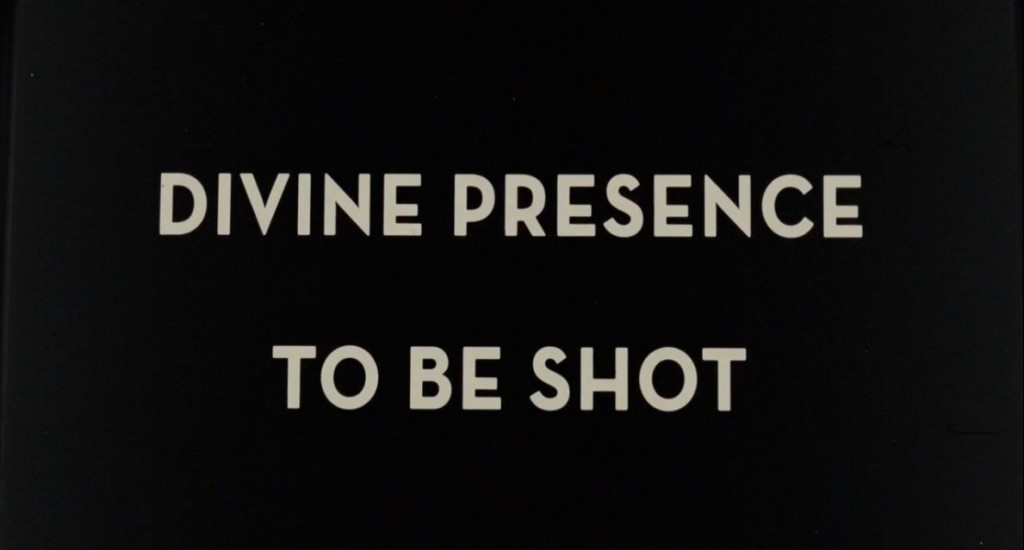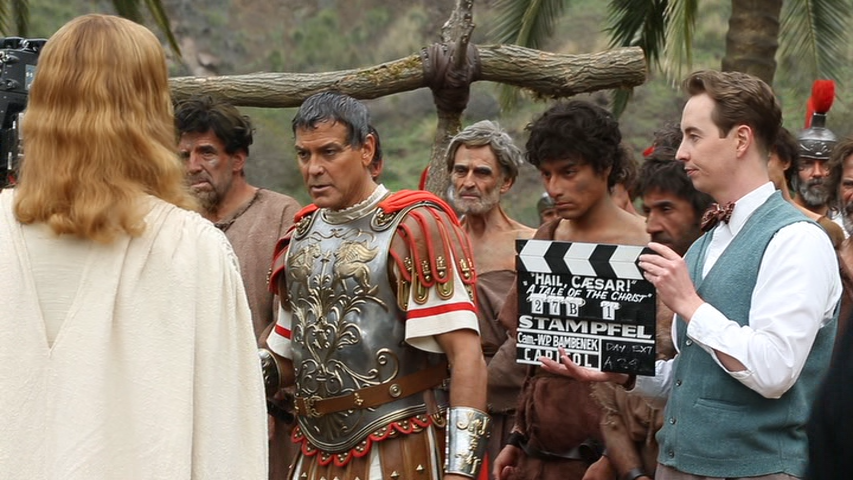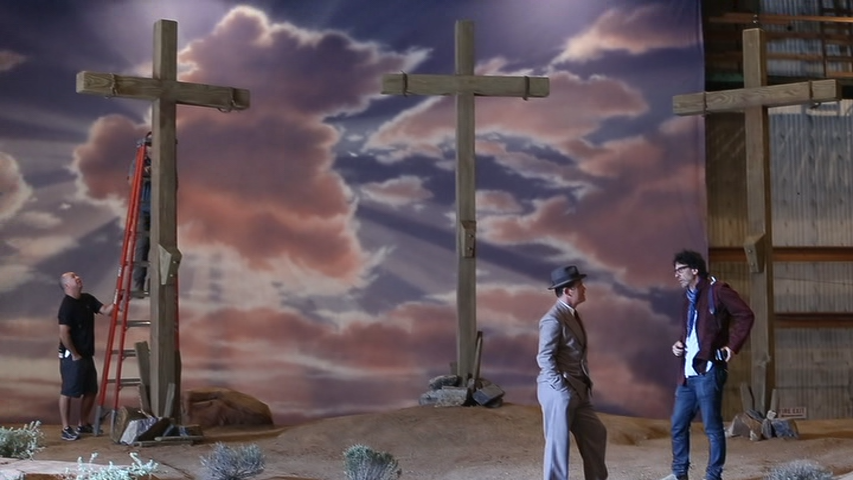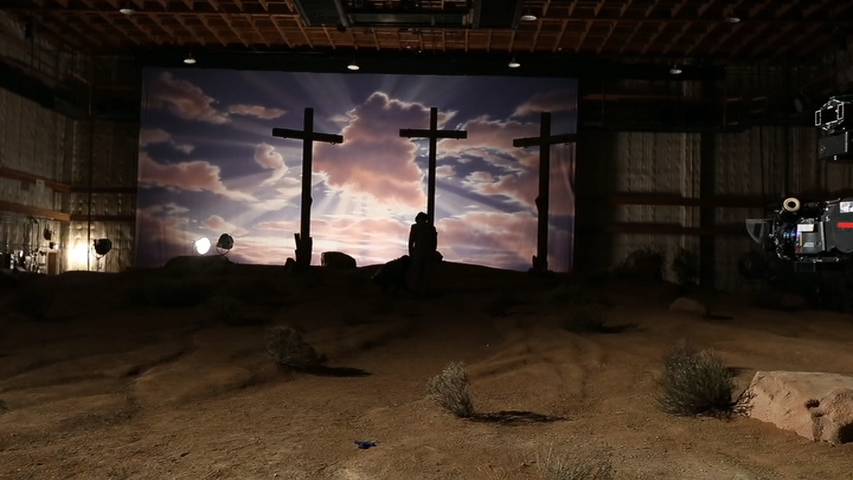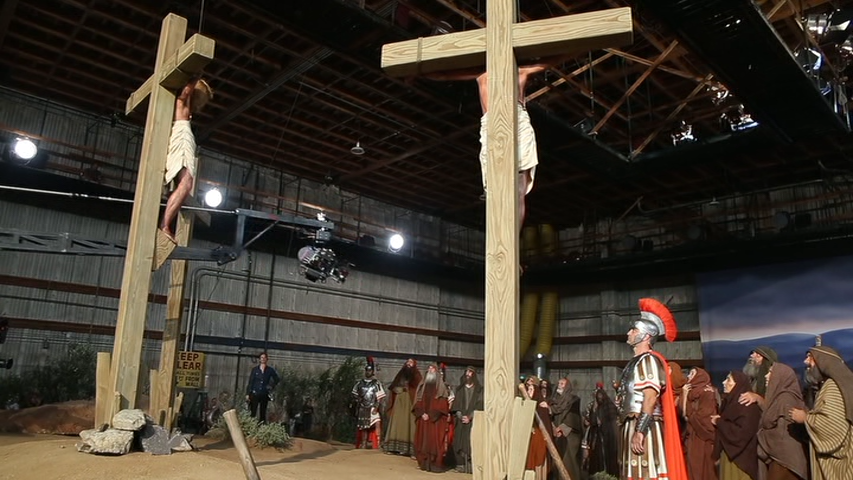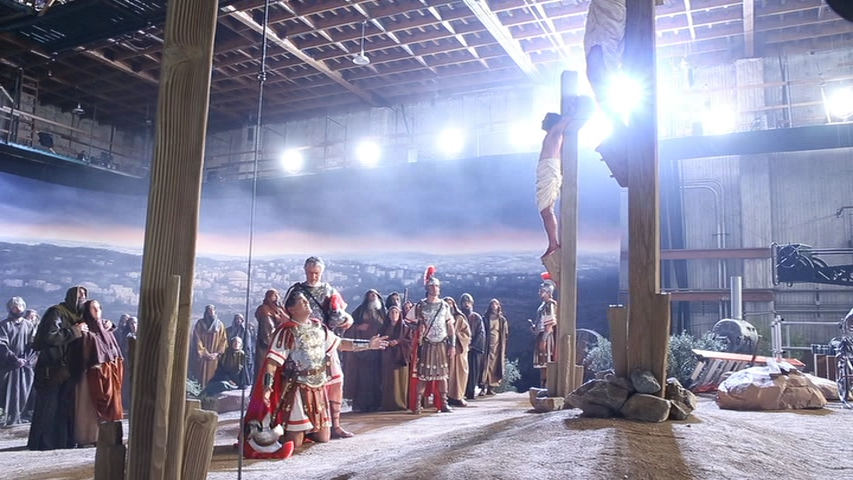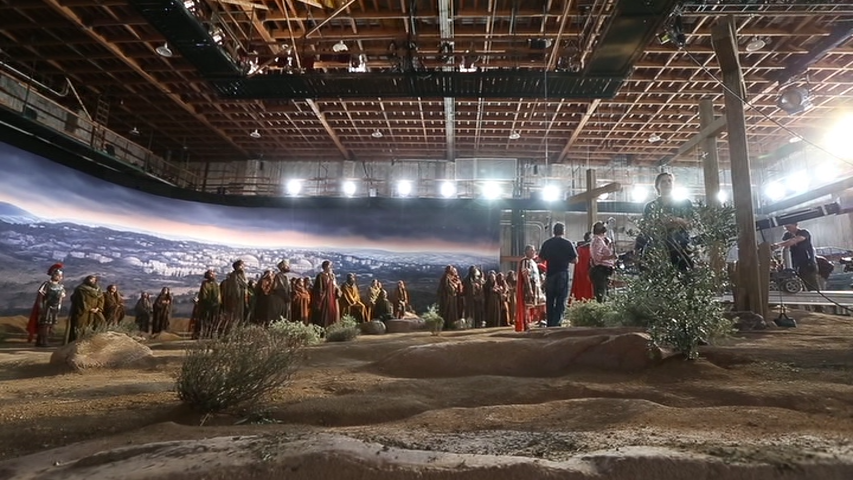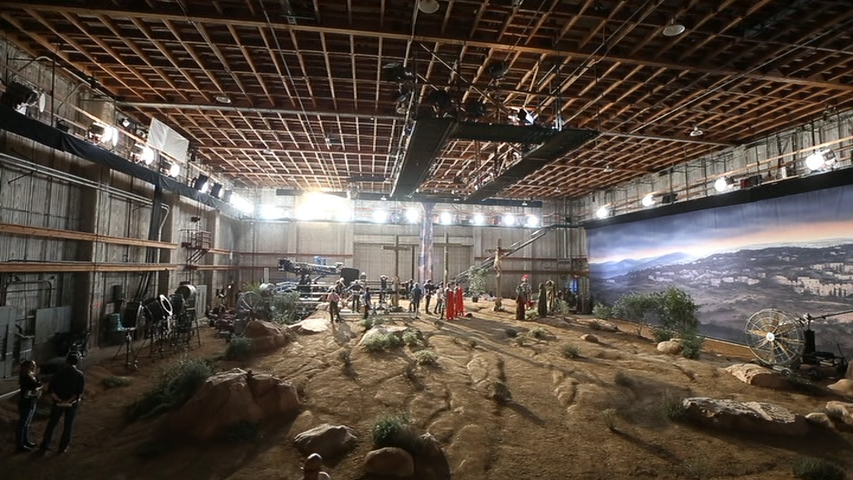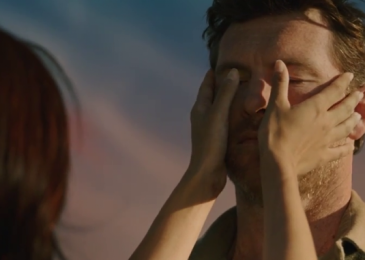Is Hail, Caesar! the first movie from a major Hollywood studio to depict Saint Paul’s road-to-Damascus experience on the big screen? I think it might be.
Last year, I looked at a dozen different filmed versions of the road-to-Damascus story and posted images from all twelve of them, but they were all either produced for television or made by independent church-based filmmakers. I couldn’t — and still can’t — think of a single major mainstream film that has ever portrayed it.
Apart, that is, from Hail, Caesar!, which came to theatres five months ago.
Strictly speaking, of course, what Hail, Caesar! shows us is not the road-to-Damascus experience itself but a fictitious 1950s Hollywood film’s depiction of it — and that’s kind of odd, actually, given that no 1950s Hollywood film ever depicted it.
Paul himself was not unknown to the films of that era. For example, he appears in Quo Vadis? (1951), which takes place during the reign of Nero about 30 years after the vision on the road to Damascus. But the vision itself is never mentioned.
The one major-studio movie that has dealt with this story most directly is probably The Last Temptation of Christ (1988), in which Paul is seen telling a crowd about his conversion experience — but again, the experience itself is never shown.
So as far as I can tell, Hail, Caesar! may, itself, be the first major film that comes close to depicting Paul’s conversion — even if it’s in a movie-within-the-movie.
There are a few other things about this cameo that make it rather odd, too.
First, in the movie-within-the-movie, this scene is part of the prologue to a story in which a Roman tribune is sent to Judea and takes part in the crucifixion of Jesus there. In other words, the vision that Paul has in this scene seems to be taking place before the crucifixion of Jesus, which is just plain wrong chronologically.
Paul also seems rather old in this shot for someone who would go on to live another 30 years or so — but that might just reflect the way a 1950s Bible epic would have represented Paul. It’s not necessarily an error on the Coen brothers’ part.
So if the road-to-Damascus story was never depicted in actual 1950s Bible epics, why did the Coen brothers include it in their fictitious movie-within-the-movie?
Mainly, I think, so that they could get a thematic visual gag out of it.
First, they show us Paul raising his hands and saying, “What thing is this?”:
And then they show us this place-holder title card:
It’s somewhat doubtful that a Hollywood studio would have tried to depict the “divine presence” directly; these things were usually suggested more obliquely. But the title card does suggest all sorts of things about the ineffability of the divine, the religious void at the heart of pop culture, and whatever else you might think it signifies.
As you can tell, Hail, Caesar! is out on DVD now and I have finally acquired a copy.
The bonus features don’t say all that much about the making of the fictitious Bible movie, but they do give us some interesting glimpses behind the scenes. George Clooney also claims that the backdrops they used in this film are the same ones that were used in Ben-Hur, though I haven’t been able to confirm that yet. (I did take a look at Ben-Hur’s crucifixion sequence, but didn’t notice any similarities.)
In any case, here are a few screen captures from the behind-the-scenes bits:
Click here for my full review of Hail, Caesar! and click here for a post in which I look at this and other films that have depicted the making of Bible movies.


